For better or for worse, the cold is finally blowing into where I live. Which got me thinking about hotpot. The concept of hot pot is simple. You set a pot of simmering broth on a burner in the center of the table. Surrounding it are plates of meat, seafood, and vegetables, all prepped and ready to be cooked in the broth. It is more than a dish or a meal; it's something usually eaten with friends, family, relatives, in a big group, surrounded by good people and good food. It truly is an experience that warms both body and soul.
Credit here
1. Soup. Take a sip your soup before you put anything in. This is your base. It's the foundation upon which you are going to build a magnificent meal. There are two traditional kinds of broth, spicy and clear, but people have been introducing tomato soup, fish soup, mushroom soup, and many, many others. You will find that by the end, everything you have put in your soup has contributed to the taste, and it will become richer and more flavorful. When the server brings the soup, it won't be hot enough to cook anything, so you'll need to heat it up with the burner(the waiter will probably help) until it reaches a low boil. Now you can add the goods!
Credit here
2. First up, potatoes. Potatoes are quite versatile, so you can be sure that they will taste good cooked in any soup you choose. The trick here is to put the potato in first, before anything else, because they cook slowly. Ladle them out halfway through your meal and check for doneness. If they break apart easily when you poke them in the middle with chopstick, they are ready. If not, lower them *slowly* back into the soup and try again later. Don't burn yourself.
Credit here
3. Meat. Unless you are a vegetarian or vegan, ordering meat is a must. It gives you a substance and a richness you can't get otherwise. You want to grab your meat one piece at a time and swish it in your boiling pot until it changes from red to brown. It is important to take it out as soon as you see the change happen because the texture of the thin meat will be compromised if it stays too long in the stew. If you are not confident in your chopstick abilities, you can put it in the soup spoon and slowly lower into the pot, making sure not to lose it in the depths. The most popular meat seems to be beef, with lamb as a close second, and then pork and chicken.
Credit here
4. Fish/shrimp balls. Okay. This is a tricky one. Some restaurants serve you frozen balls that they get from the local Chinese supermarket. These are good, but the ones you really want to look for are those that are made in-house. They are more tender, more fresh, and more flavorful than their mass-produced counterparts. Fish tofu is also a favorite, especially among kids.
Credit here
5. Veggies. Meat and seafood may be the centerpieces of a hot pot meal, but the feast isn't complete without vegetables. They balance out the heavier offerings and add flavor to the broth. Popular additions include lettuce (all types), chrysanthemum greens, and bok choy. Lettuce in particular is very good at soaking up the flavor of the soup.
Credit here
6. Tofu. This category includes everything from regular or firm tofu to tofu puffs, pressed tofu, and bean curd sticks. Since tofu is already cooked, you're basically warming it up in the hot pot. It soaks up the flavor of the hotpot and introduces some more textural difference into the experience.
Credit here
7. Tripe. Okay. I know. Maybe you think it's weird, or even disgusting, to have tripe. But personally, this is my favorite item, so I had to include it. Some tripe dishes outside of hotpot are mushy, flavorless, or will have a strange odor to it. Not here. You can cook it how you like it, and also add your own sauces. The only thing that you need to get over is the texture. It's strange, but that's why so many people in Szechuan love putting it in their hotpots.
Credit here
8. Mushrooms. There are SO many types of mushrooms you can get for hotpot, including button mushrooms, portobello, shiitake, maitake, enoki, and shimeiji. Large mushrooms such as portobello and shiitake usually take about 3 to 4 minutes to cook. Mushrooms with thin, edible stems, like shimeiji, take 1 to 3 minutes to cook.
Credit here
9. Eggs. This one really is optional. Some people like to add an egg into their soup. You can either boil it with the shell, or poach it without.
Credit here
10. Noodles. Oodles of noodles. From ramen to pho to vermicelli to udon, there are lots to chose from. Normally served at the end of the meal, this addition is actually a bit polarizing. When at a hotpot, some really love including noodles. Others feel that they take up unnecessary room in the stomach that would better be reserved for other goods.
Credit here
11. Lastly, soup. What? It's on here twice! Yes, I know, I'm not that crazy. Remember how you sipped your soup in the beginning? Now that you are finished with most of the other ingredients, it's time to taste it again. The meat, vegetables, and more will have given their own flavors to the soup. Some mix it with their sauce, others drink it plain. Whichever way you try it, you will be getting a satisfying, warm end to your meal. A word of caution: if you order the extra spicy hot pot, it's best not to drink too much unless you like being in pain later. Ahem.
Many Asia countries have their own versions of hot pot. Even different regions in the same country may have different versions. This list is based off of hotpot from Sichuan, China. Even if you don't eat meat, it is still possible to enjoy a delicious hotpot with a veggie broth and all the other ingredients!


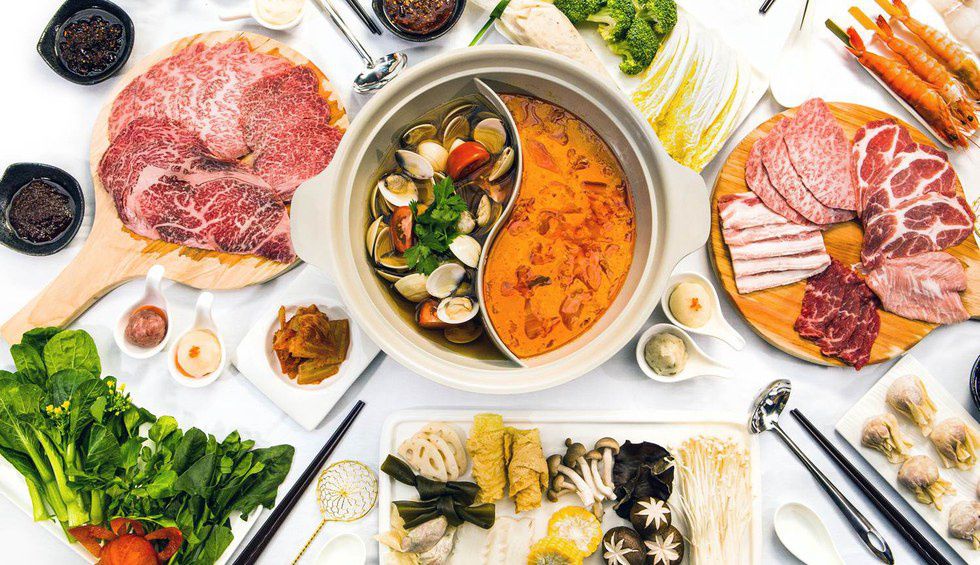


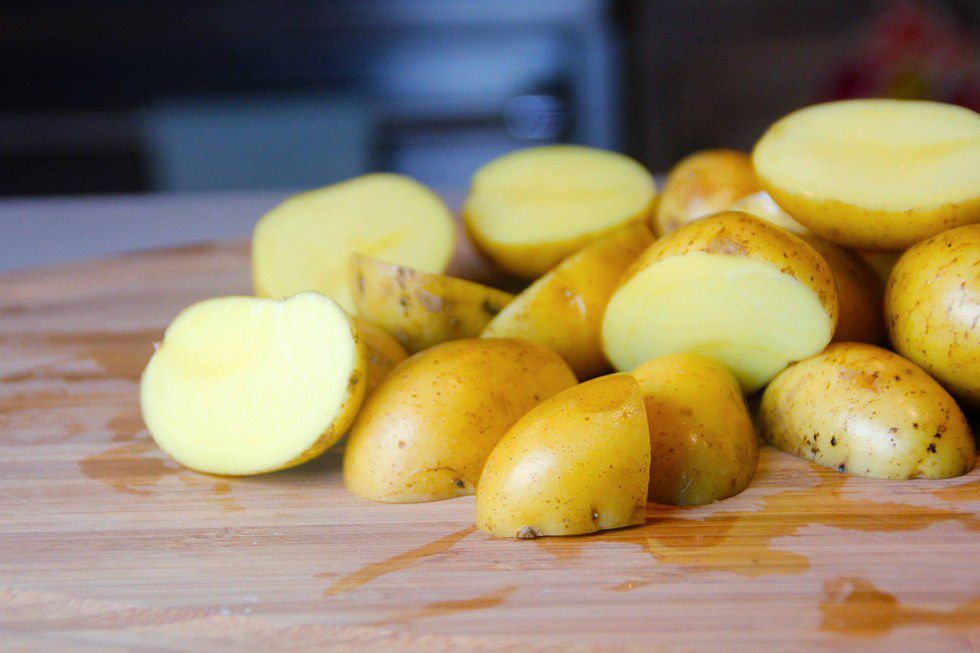
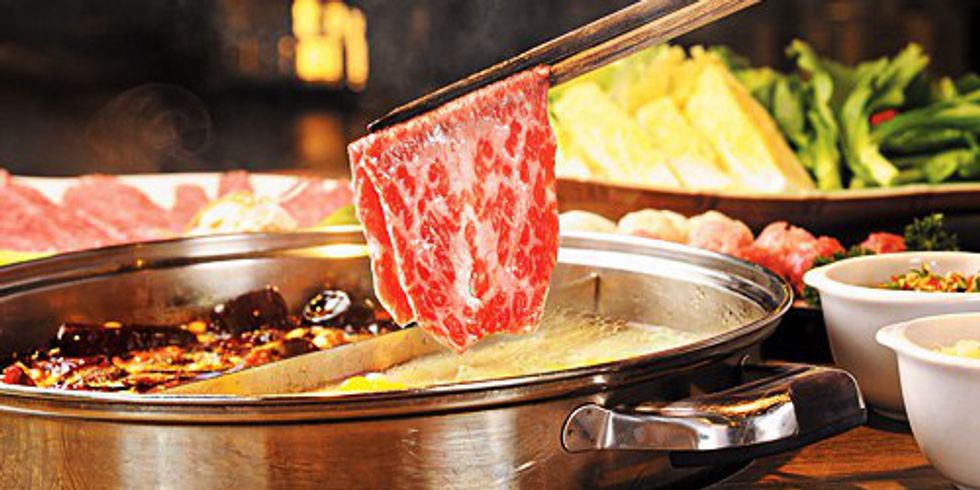
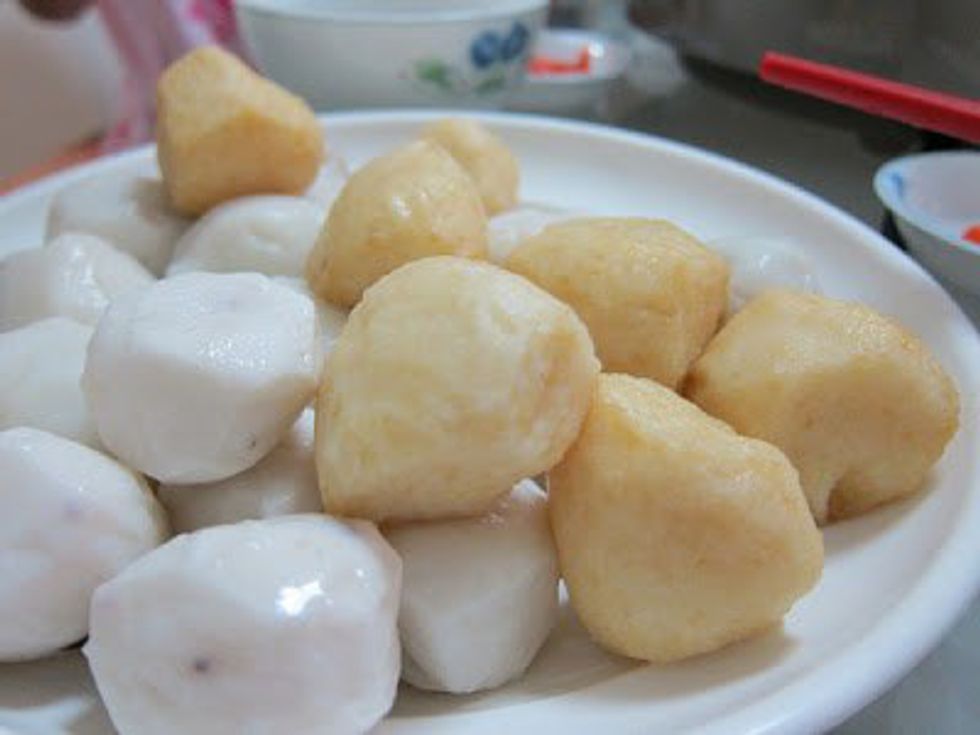
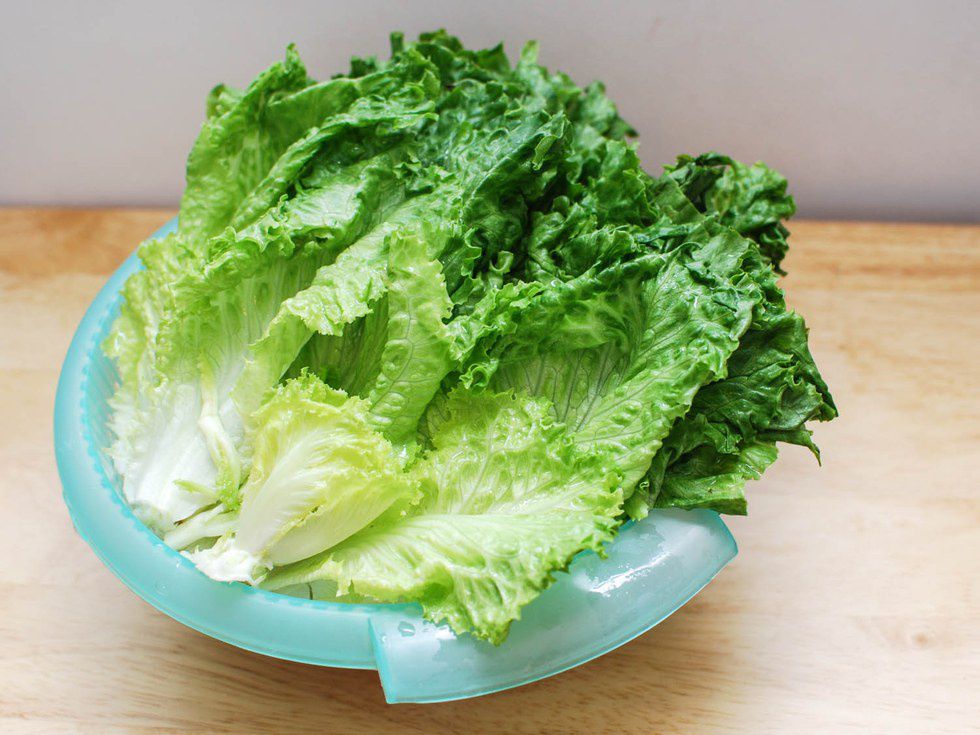
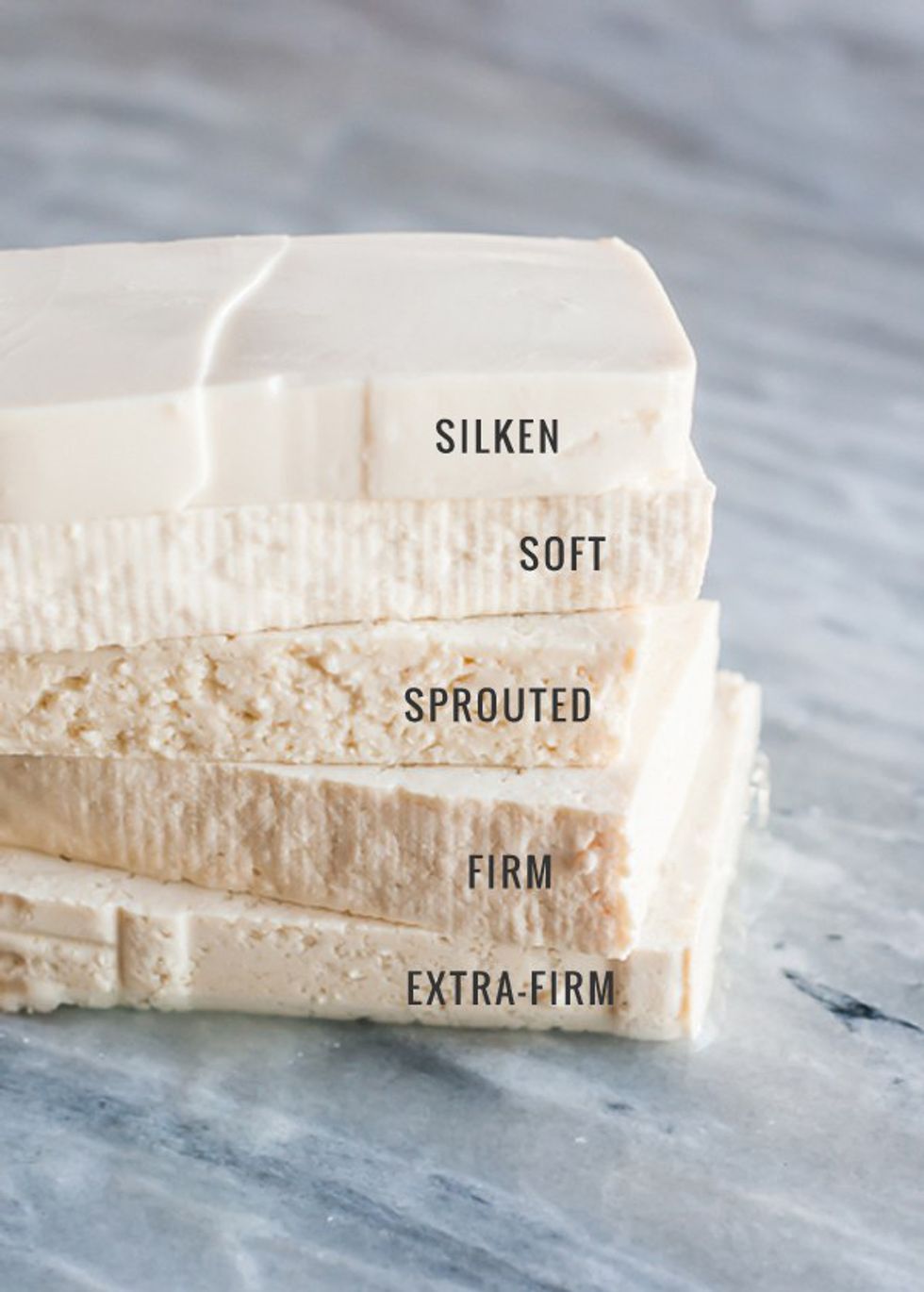
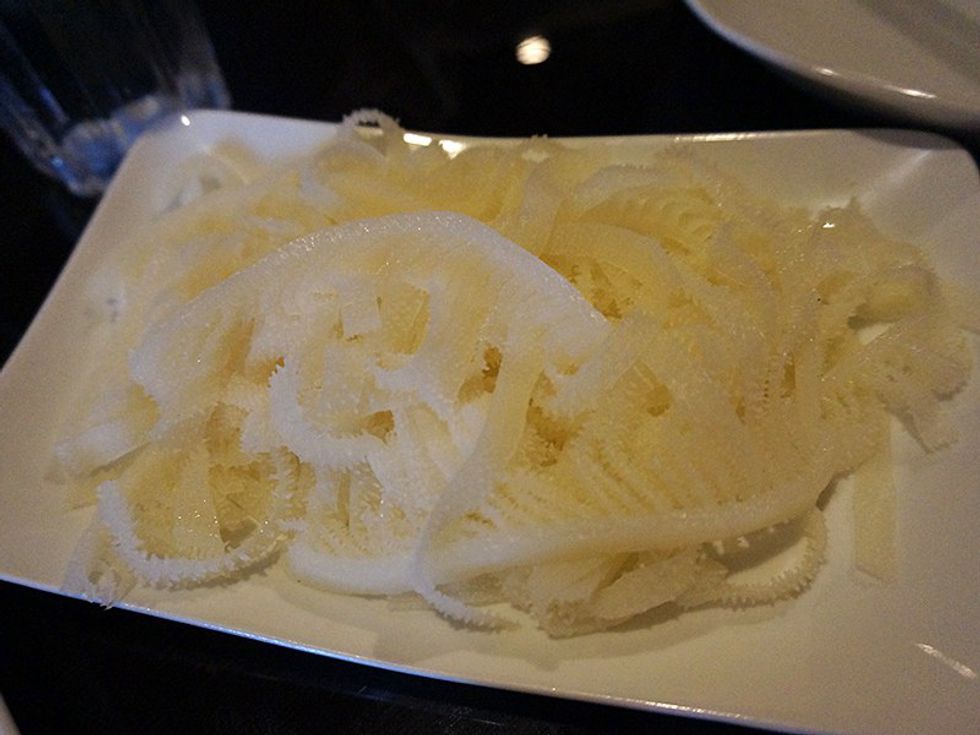
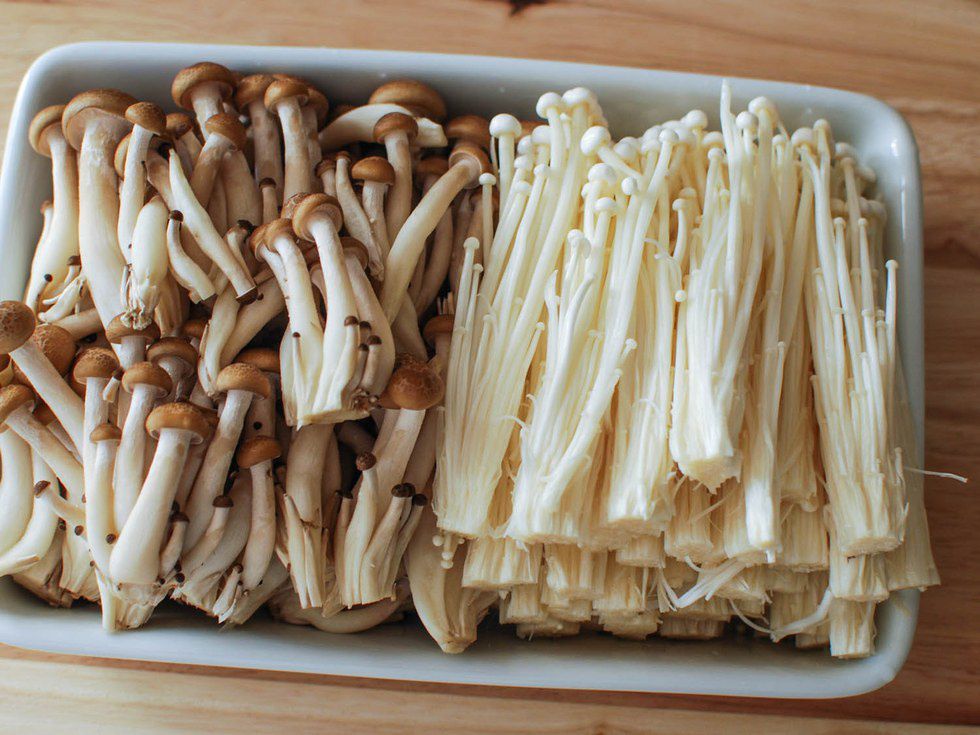
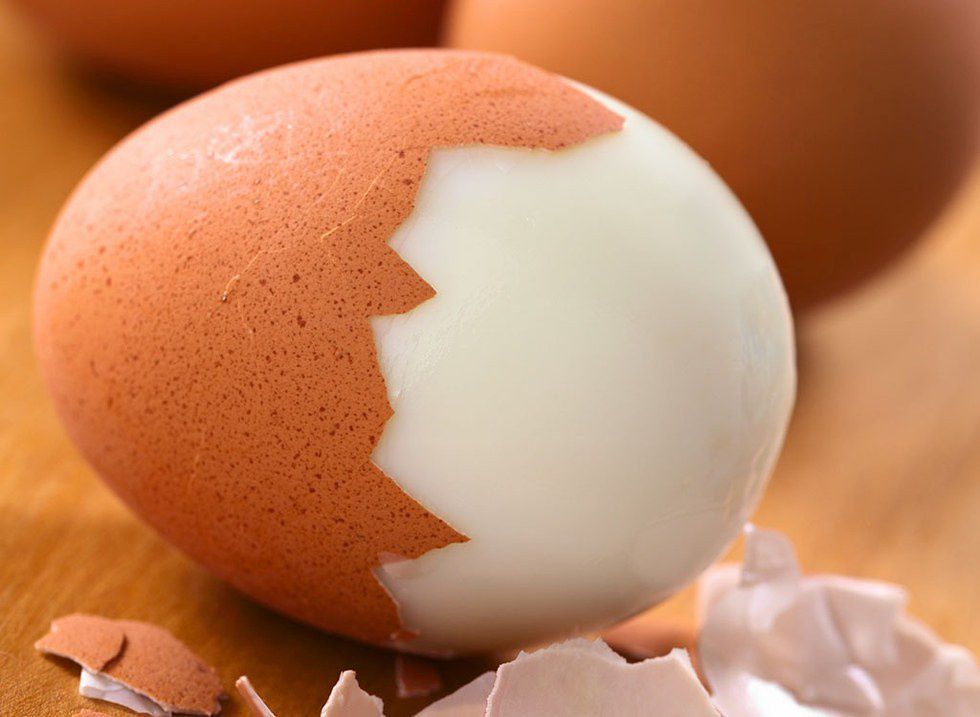

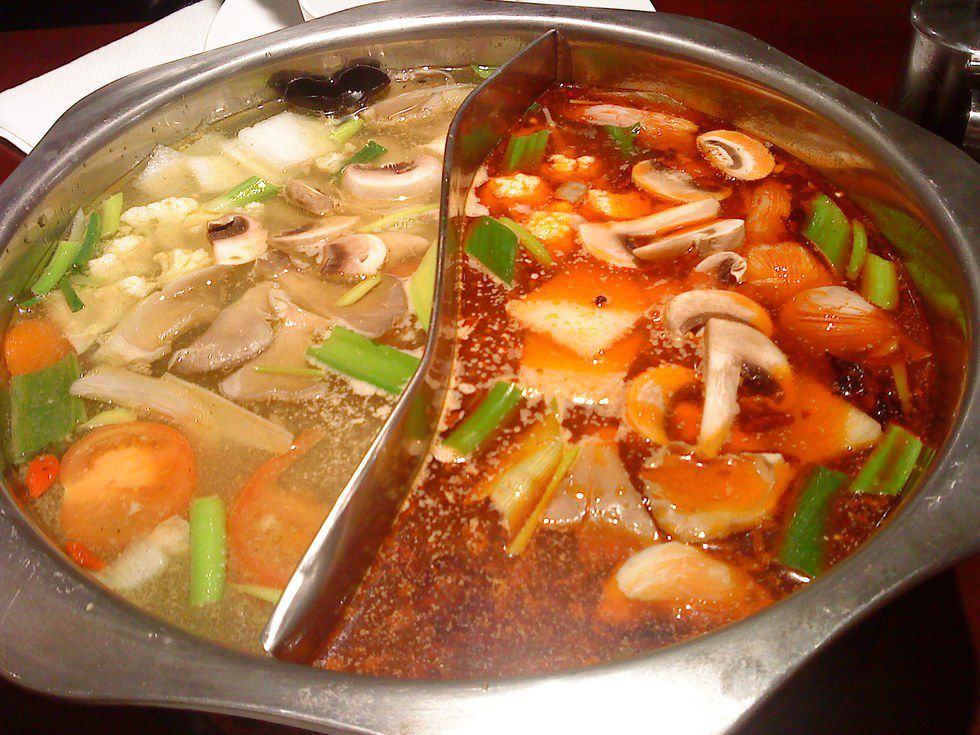


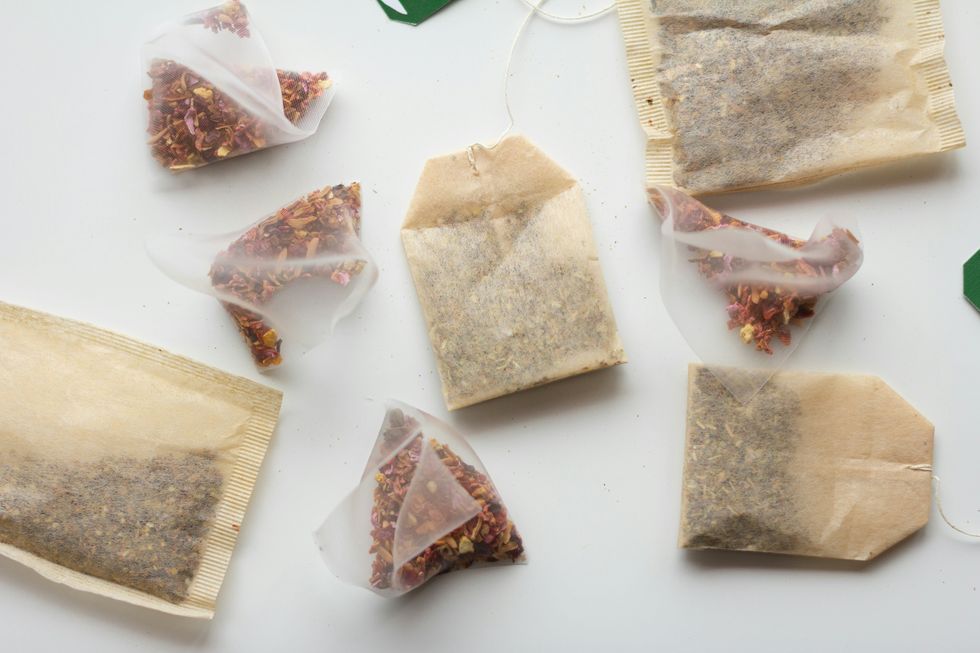
 man running in forestPhoto by
man running in forestPhoto by 





 "I thought you knew what you signed up for."
"I thought you knew what you signed up for." man and woman in bathtub
Photo by
man and woman in bathtub
Photo by  four women sitting on black steel bench during daytime
Photo by
four women sitting on black steel bench during daytime
Photo by  Uber app ready to ride on a smartphone.
Photo by
Uber app ready to ride on a smartphone.
Photo by  woman in red tank top and blue denim shorts standing beside woman in black tank top
Photo by
woman in red tank top and blue denim shorts standing beside woman in black tank top
Photo by  blue marker on white printer paper
Photo by
blue marker on white printer paper
Photo by  welcome signage on focus photography
Photo by
welcome signage on focus photography
Photo by  woman in white and black striped long sleeve shirt lying on bed
Photo by
woman in white and black striped long sleeve shirt lying on bed
Photo by  pink pig coin bank on brown wooden table
Photo by
pink pig coin bank on brown wooden table
Photo by  person holding iPhone 6 turned on
Photo by
person holding iPhone 6 turned on
Photo by  person holding pencil near laptop computer
Photo by
person holding pencil near laptop computer
Photo by  person slicing vegetable
Photo by
person slicing vegetable
Photo by 








